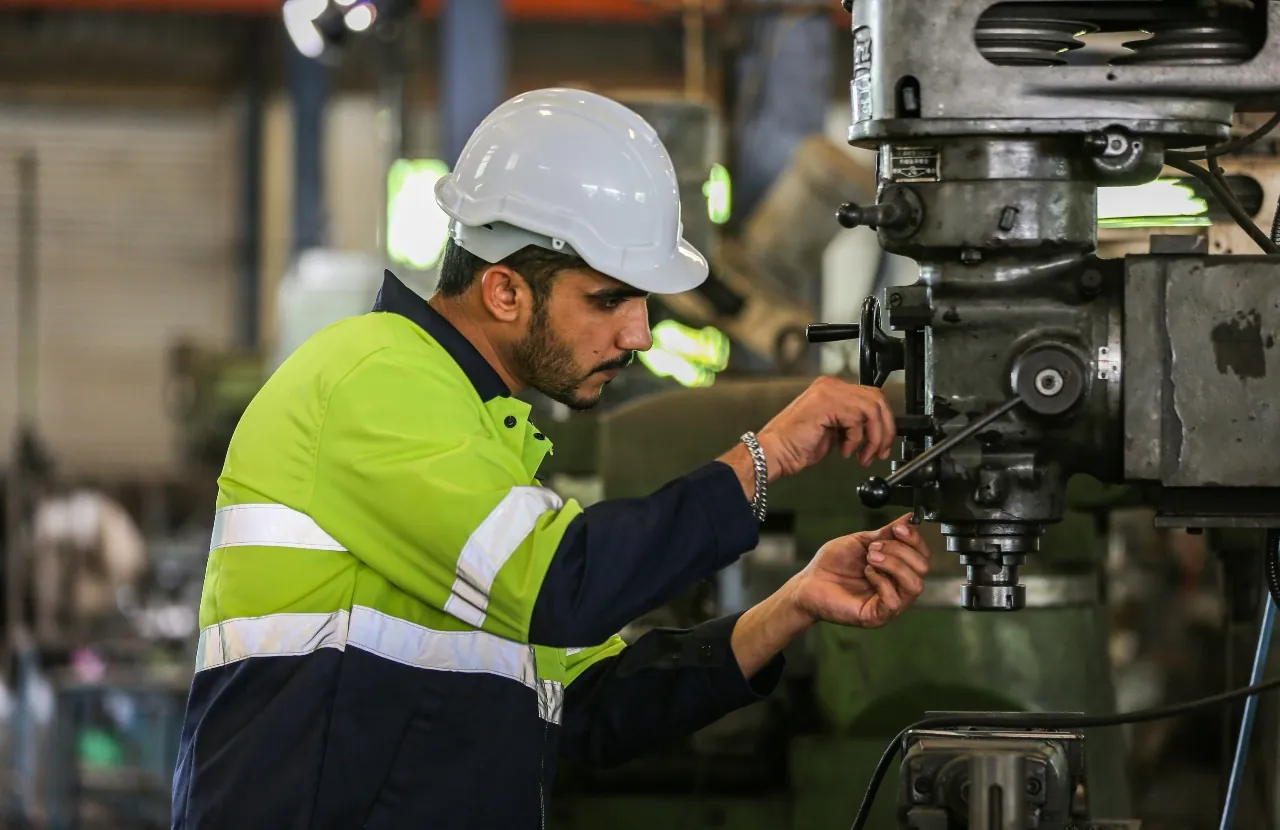Large enterprises depend on lots of different machines to keep everything working well. They use machines for developing new things and managing data, and these machines are super important for the company’s success. But buying and taking care of machines can cost a lot of money. That’s why these companies need to have a good plan for keeping their machines in good shape. In this article, we’ll talk about the different ways to maintain machines and how to pick the best maintenance plan for each machine.
What is Machine Maintenance?
Machine maintenance is all about making sure that machines work well and don’t experience too much-unexpected downtime. This means a combination of regular checkups, planned maintenance, and on-the-spot repairs in addition to the replacement of worn-out parts.
Every industry that uses machines, such as manufacturing and utilities, needs good machine maintenance practices. They help them stick to their production plans, avoid long periods of downtime, and reduce the chances of accidents at work.
Types of Machine Maintenance
- Reactive Maintenance: This involves waiting for a machine or part to break before performing repairs or replacements.
- Preventive Maintenance: When you create a scheduled maintenance program that dictates maintenance activities based on time passed, you are practicing preventive maintenance.
- Usage-Based Maintenance: In this method, you proactively swap out components once the machine has been utilized for a certain duration, rather than waiting for them to malfunction.
- Condition-Based Maintenance: When you perform condition-based maintenance, you change parts based on their condition. This is done based on the machine’s ACI score, or asset condition index score.
- Predictive Maintenance: Predictive maintenance relies on past data about your machines to predict when the machine will need maintenance next. Machine maintenance is then scheduled accordingly.
- Prescriptive Maintenance: Prescriptive maintenance takes the data-based analytics of predictive maintenance and applies them to specific machine parts, so you can have an accurate assessment of what needs to be replaced and when.
Factors to Consider With Machine Maintenance
- Importance of the Machine: Certain machines play a bigger role in business operations. For example, some machines might rely on others in a process, so downtime might be dictated by the condition of the keystone asset. Because of scenarios like this, it’s essential to prioritize maintenance for more crucial machines to keep the business running smoothly.
- Machine Age and Life Cycle: Older machines generally need more maintenance compared to newer ones. Considering the age and the machine’s life cycle helps with effective maintenance scheduling and planning.
- Operating Environment: Machines used in tough conditions, like those exposed to dust or moisture, might need more frequent maintenance. Understanding the environment helps in managing maintenance requirements.
3 Types of Machinery Maintenance Workers
In many workplaces, there are different types of workers responsible for keeping everything running smoothly.
- Mechanics: Mechanics play a crucial role in keeping industrial equipment running smoothly. They perform maintenance such as fixing conveyor systems, packaging machines, and other equipment. Mechanics usually don’t do complex diagnostics; they mainly respond to service requests or rely on visual checks to spot issues.
- Technicians: Maintenance technicians have a different role compared to mechanics. They specialize in diagnosing problems with machinery. Using computers and specialized tools, they figure out why equipment isn’t working right and suggest solutions. Sometimes they even make the repairs themselves.
- Millwrights: Millwrights have a broad job that goes beyond just fixing machines. They not only repair and maintain equipment but also handle tasks like installing, assembling, dismantling, and moving things around in the facility.
Machine Maintenance Example
In the automotive industry, automated machines play a major role in creating steel components. For example, when making auto body parts, machines like stamping presses, welding machines, and conveyor systems are used to shape steel into 3D vehicle doors, chassis, and engine parts.
These machines have to work just right at the exact moment and in the correct way. If one machine doesn’t do its job properly, it can mess up the whole manufacturing process. If there’s a problem with one machine, it can cause a delay, which is not only frustrating but also expensive.
Regular maintenance is done to prevent these issues and keep everything running smoothly. This means checking and fixing any potential problems before they become big and costly. This helps manufacturers avoid unexpected breakdowns and keep the production process going without any major interruptions.
How to Integrate Machine Maintenance Into Your Maintenance Plan?
When you’re figuring out your maintenance plan, there are a few things to think about how much your equipment is worth, how much it costs to replace parts, and more. Consider the impact if something breaks unexpectedly: It would cost a good sum of money to both lose production time and to drop everything to address a machine that is experiencing an unplanned breakdown.
This is why it’s important to keep things running smoothly, by choosing the right maintenance approach. Even though predictive maintenance might cost more at first and need more work, it’s one of the more efficient ways to manage your equipment because its intelligent approach to maintenance planning saves you money in the long run. Since keeping machines working well takes up a good chunk of what it costs to run your business – around 40 to 50% – it’s smart to make decisions that help your schedule and keep things running without interruptions.
Using NEXGEN’s CMMS to Optimize Machine Maintenance at Scale
Using a computerized maintenance management system, or CMMS can transform your maintenance operations. It brings together maintenance data, making it easier to manage machinery, vehicles, and infrastructure.
Here’s how NEXGEN CMMS can help:
- Saves Time: Makes it quicker to manage, organize, schedule, put in data, and create reports.
- Increases Reliability: Helps machines last longer by managing, tracking, and analyzing how they’re used.
- Ensures Safety: Keeps everything in line with rules and safety standards by making sure maintenance is done the same way by everyone.
- Improves Efficiency: Makes maintenance tasks better and helps manage equipment for smoother operations.






